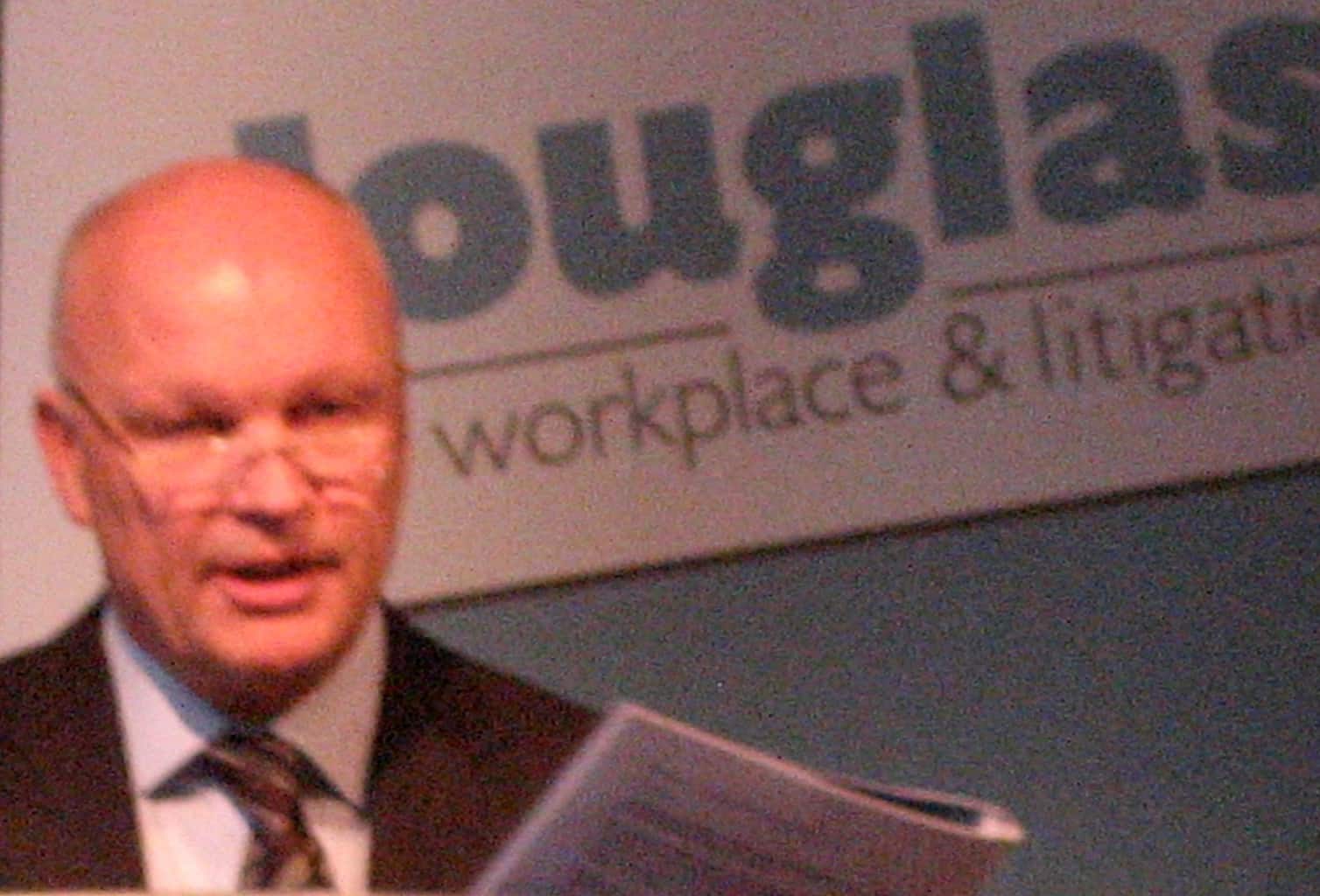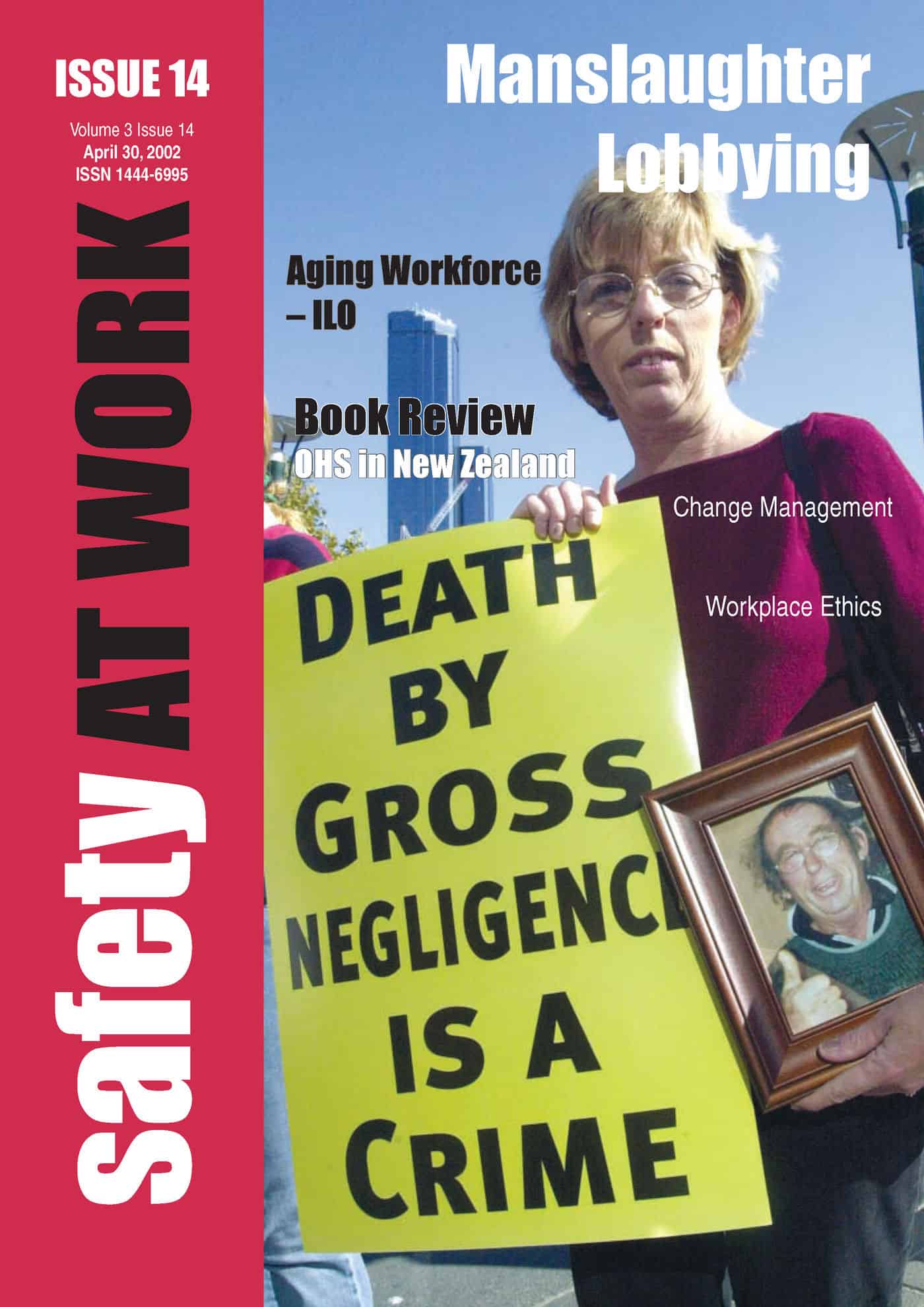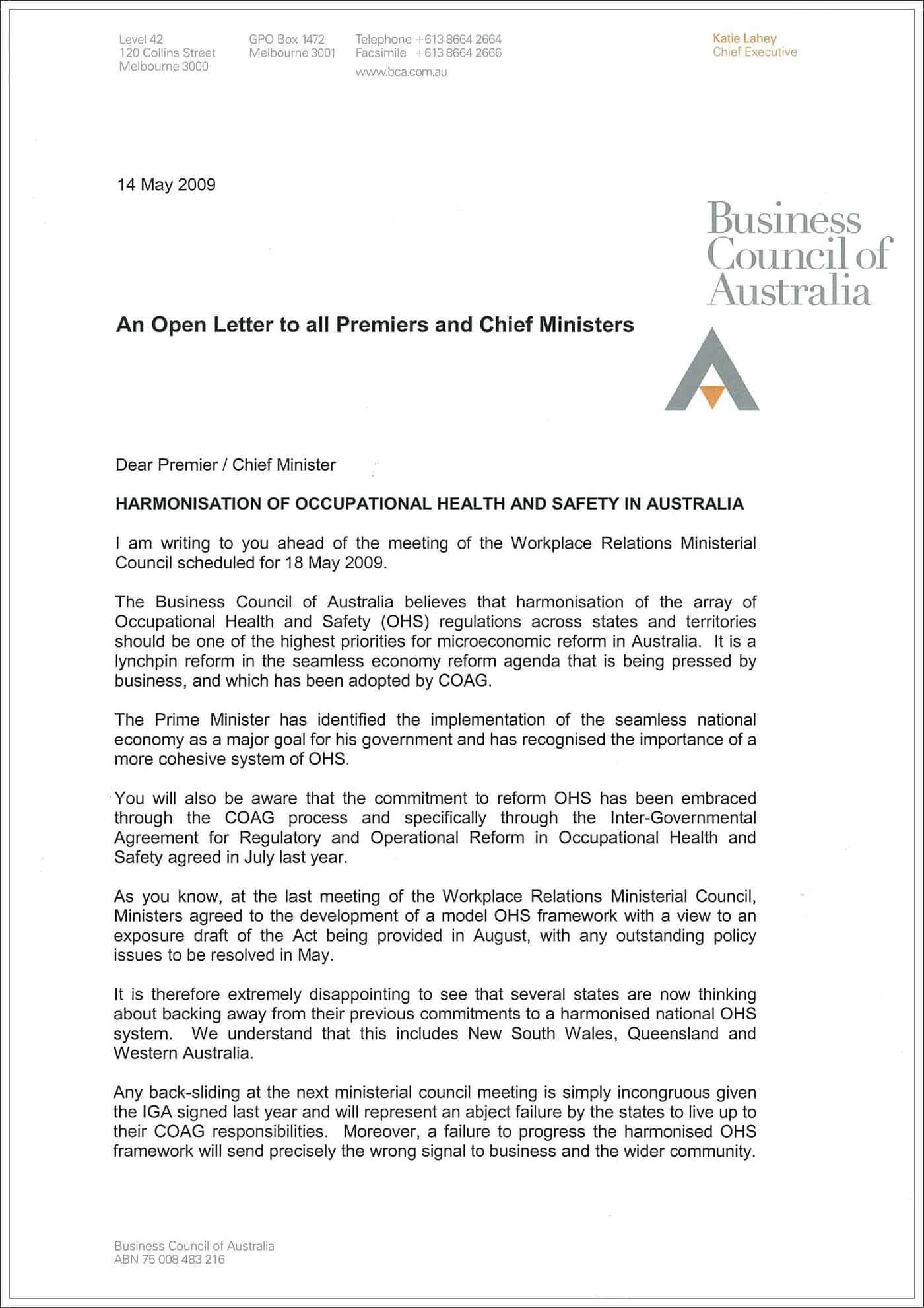The Australian media has widely reported that Australian Prime Minister, Kevin Rudd, exists on three-hours sleep per night. He doesn’t and Professor Drew Dawson, a prominent Australian sleep researcher, discusses the exaggeration of high-flying professionals in an article at Crikey.com on 21 July 2009.
More research of Professor Drew Dawson, Director, Centre for Sleep Research, University of South Australia, is available online.



 The policy has been allowed to fade from the books of most of the Australian left-wing parties but for a while, corporate manslaughter was THE issue. In fact over the last 10 years, it has been the only time that directors and CEOs from thousands of companies have paid serious attention to safety management.
The policy has been allowed to fade from the books of most of the Australian left-wing parties but for a while, corporate manslaughter was THE issue. In fact over the last 10 years, it has been the only time that directors and CEOs from thousands of companies have paid serious attention to safety management.